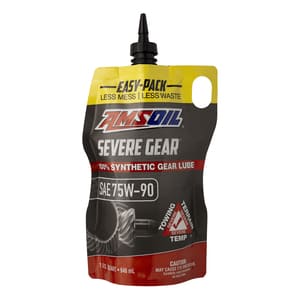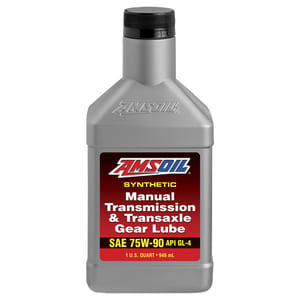When delving into the world of automotive care and maintenance, selecting the right gear oil for your vehicle emerges as a critical decision. For car enthusiasts, understanding the nuances between API GL-4 and GL-5 specifications is vital. These designations, set by the American Petroleum Institute (API), delineate oils by their suitability for various levels of operational severity – from GL-1, indicative of less severe conditions, to GL-5, intended for the most demanding scenarios. This differentiation primarily hinges on the concentration of extreme-pressure (EP) additives, which bolster gear protection under strain. While GL-4 oils cater to manual transmissions and moderate settings, GL-5 oils are tailored for hypoid gears in automotive axles under high stress. Synthetic gear oils, renowned for their superior characteristics over conventional oils, offer enhanced wear protection and efficiency. Consulting your owner’s manual for the manufacturer’s recommendations is a prudent step. Among the synthetic options, AMSOIL SEVERE GEAR® Synthetic Gear Lube stands out for its exceptional qualities, ensuring optimal performance and gear longevity. This article aims to shed light on these key considerations, guiding you toward making an informed choice for your vehicle’s gear oil.

API GL-4 vs. GL-5 Gear Oils
Definition and Importance of GL Ratings
The American Petroleum Institute categorizes gear oils using GL ratings that range from GL-1 to GL-5. This classification plays a crucial part in selecting the right oil, as it directly correlates to the oil’s capacity to withstand varying levels of stress and temperature. GL-5 gear oil is engineered for more severe applications than GL-4, making it ideal for environments characterized by heavy loads and extreme heat.
Key Differences in EP Additives
The heart of the comparison between GL-4 and GL-5 gear oils lies in their EP additive content. EP additives are the unsung heroes, providing a protective shield for gear surfaces when they’re pushed to their limits. GL-5 gear oil, with roughly double the EP additive content compared to its GL-4 counterpart, offers superior protection under high stress and temperatures.

Applications of GL-4 and GL-5 Gear Oils
Suitability for Different Gear Systems
The appropriate application of GL-4 and GL-5 gear oils is determined by the type of gear systems in use. GL-4 is typically recommended for manual transmissions operating with spur and helical gears, which face moderate speeds and loads. Conversely, GL-5 is the go-to for hypoid gears in automotive axles that operate under higher speeds and heavier loads, necessitating more robust EP protection.
Benefits of Synthetic Gear Oils

Advantages over Conventional Oils
Synthetic oils, thanks to their engineered molecular structure, surpass conventional oils across several fronts. These include superior wear protection, enhanced performance across extreme temperatures, and improved fuel efficiency – benefits that collectively lead to significant cost savings by boosting vehicle efficiency and extending its lifespan.
Guidelines for Selecting the Right Gear Oil
Importance of Consulting Owner’s Manual
The first step towards selecting the ideal gear oil is consulting your vehicle’s owner’s manual. It provides crucial recommendations on the type and weight of gear oil best suited for your vehicle, ensuring compatibility and optimal performance.

AMSOIL SEVERE GEAR® Synthetic Gear Lube
Features and Benefits
AMSOIL SEVERE GEAR® Synthetic Gear Lube epitomizes the pinnacle of gear protection. Designed to withstand the harshest conditions, it delivers remarkable film strength, thermal control, and rust protection. Furthermore, it reduces operating temperatures and enhances efficiency, making it an outstanding choice for differentials, manual transmissions, and other gear applications requiring an API GL-5 classification.
Conclusion
For car enthusiasts, comprehending the distinctions between GL4 and GL5 gear oils is more than just technical knowledge – it’s about ensuring the longevity and optimal performance of one’s vehicle. Whether you opt for GL-4 or GL-5 will depend on the specific requirements of your gear systems, as well as the anticipated levels of stress they’ll encounter. Synthetic gear oils, such as AMSOIL SEVERE GEAR® Synthetic Gear Lube, offer superior protection and efficiency, standing as a testament to the advancements in automotive lubrication. By making an informed choice, grounded in the specifications of your vehicle and the insights provided in this article, you ensure that your gears remain in prime condition, safeguarding your vehicle’s integrity and performance for the long haul.

